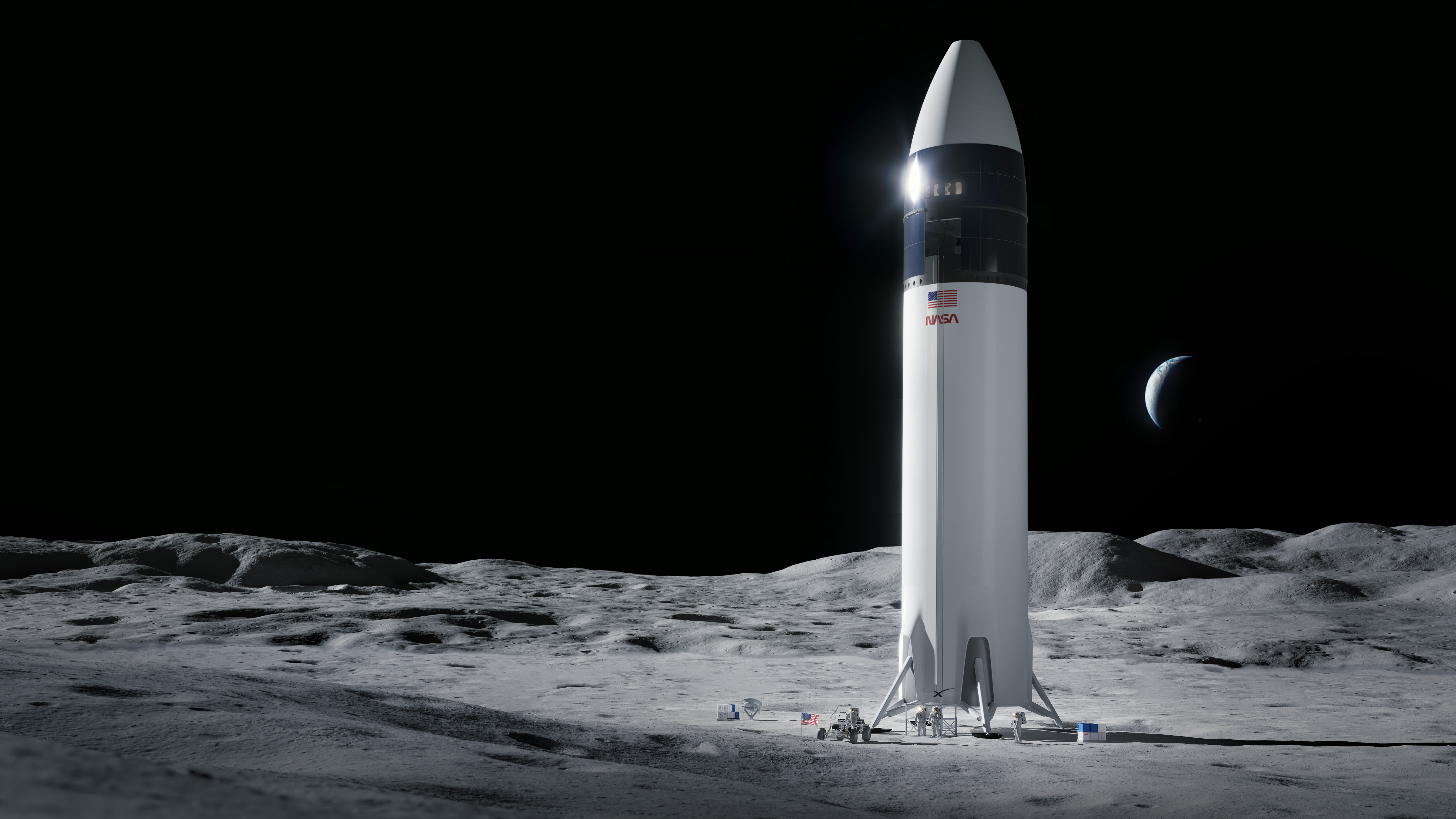SpaceX will be building a lunar lander for NASA that will bring people back to the moon for the first time since the Apollo program in the 1960s. The order is worth 2.9 billion dollars (2.4 billion euros), the US space agency reported Friday.
SpaceX’s lunar lander Starship is currently in full development and should be able to bring groups of people to the moon and Mars in the future. The first moon landing could – if all goes well – possibly take place as early as 2024.
NASA awards the contract exclusively to SpaceX. The company, founded in 2002 by Elon Musk, beats the Blue Origin of Amazon founder Jeff Bezos, who wanted to win the contract together with aerospace and defense groups Lockheed Martin, Northrop Grumman and Draper. In the spring of 2019, Bezos showed the prototype of the Blue Moon lunar lander to the world. How and when it will be used now is unclear.
Musk, who is also CEO of car manufacturer Tesla, co-founded SpaceX with the ultimate goal of getting people to fly to the planet Mars. In recent years, the company has caused quite a stir by launching test missions for rockets and spacecraft at full speed.
SpaceX made history when it was the first to land a rocket for reuse after launch. The activities of SpaceX had the additional effect of increasing enthusiasm for space travel.
NASA has been working on a lunar mission since 2007
NASA last sent astronauts to the moon in 1972. That year the American Apollo program ended. Since 2007, NASA has been working on a sequel to Apollo: Artemis. For this, NASA has been working on a new rocket and an astronaut capsule for a long time, but the organization was still looking for a commercial company that would provide the lunar module.
SpaceX ‘Starship will not be the spacecraft with which astronauts will depart from Earth: the Orion capsule will be used for that. Astronauts must enter orbit with Orion, where two astronauts transfer to Starship.
Starship then lands on the surface of the celestial body and after a stay of about a week, the space travelers board again to return to orbit. They then go back to their partner in Orion, and then travel back to Earth.

